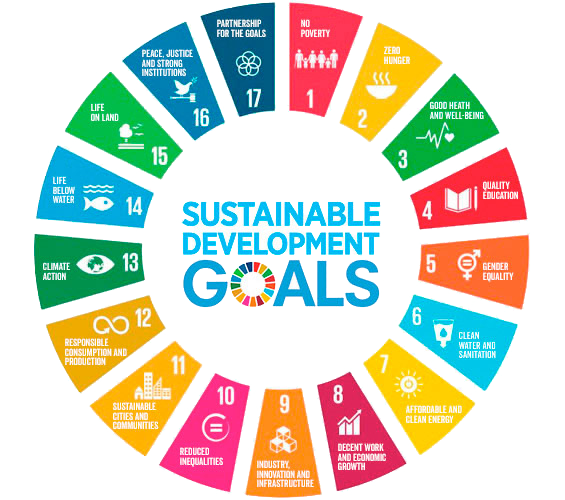Why UV Protective Clothing is a Must
Thermaissance Thermoregulated Blanket Can Impact Cancer Care
July 18, 2022The extent of microbial contamination of medical textiles and resulting infection outbreaks in healthcare facilities
September 17, 2022UV stands for ultraviolet light. On the electromagnetic spectrum, between visible light and X-rays, there is a narrow region known as UV light. Our main source of UV light is sunlight. However, the workplaces also have UV light sources, including in healthcare facilities, labs, mechanical rooms, and other places. In recent years, even corporates, malls, and other non-healthcare facilities have installed UV lamps to destroy the germs, particularly airborne viruses like coronavirus. The Health Physics Society states that because UV light is invisible and does not immediately cause a reaction, accidental UV overexposure may harm unknowing victims. Acute and chronic impacts are both possible on the skin. Acute effects show up shortly after exposure, but chronic effects take time to develop and may not show up for years.
UV, a type of non-ionizing radiation, is typically divided into three classes based on wavelength: UVA, UVB and UVC. UVA rays have a longer wavelength that can penetrate the middle layer of your skin (the dermis). UVB rays have a short wavelength that reaches the outer layer of your skin (the epidermis). UVC radiation from the sun does not reach the earth’s surface but is commonly found in artificial source like a germicidal lamp, transilluminators, laboratory tools like spectrophotometers, UV light equipment, in biological safety cabinets and laser.
According to US FDA, UVC radiation can cause severe burns of the skin, and eye injuries (photokeratitis). Erythema, can develop within a few seconds after exposure to a strong UV ray. It is highly recommended that direct skin exposure is always avoided to UVC radiation given the risk of skin burns. Also, some UVC lamps have been shown to emit small amounts of UVB radiation. As per US FDA, exposure to a high dose or prolonged low dose of radiation from such UVC lamps can potentially contribute to effects like skin cancer and early aging that are caused by cumulative exposure to UVB radiation.
As per US FDA, some UVC lamps also generate ozone which could cause irritation to nose, throat, and lungs, particularly for those who have respiratory sensitivity such as asthma or allergies. High level exposure may worsen chronic respiratory diseases, such as asthma, or increase vulnerability to respiratory infection.
The last two years has seen a significant increase in the use of UVC lamps, and other devices emitting UV radiation. Given the above health risks, it is extremely important that the healthcare workers, and employees in various facilities using UVC lamps do take necessary precautions to protect themselves against UV radiation. Standard branded apparel for healthcare workers and others does not provide the safety needed from UV. Thermaissance Fabrics are UV protective and have been shown to withstand harmful UV rays. It successfully blocks harmful UV radiation and remains one of the most effective forms of protection against UV damage and skin cancer. Thermaissance’s UV protective clothing, with its ability to block UV radiation graded as 50+ ultraviolet protection factor (UPF), are effective in reducing UV radiation to the skin. A UPF 50 fabric, for instance, blocks 98 percent of the sun’s rays and only enables two percent (1/50th) of them to pass through. Whereas a UPF 50+ fabric blocks 99.99% of UV rays. Not all UV-protective apparel is created equal. Knowing the best types of UV-blocking fabrics such as those created by Thermaissance, will help you battle the damage effectively.


